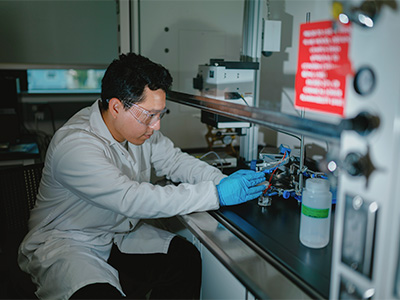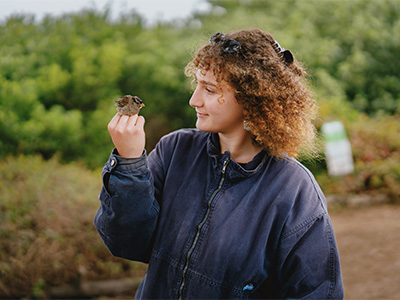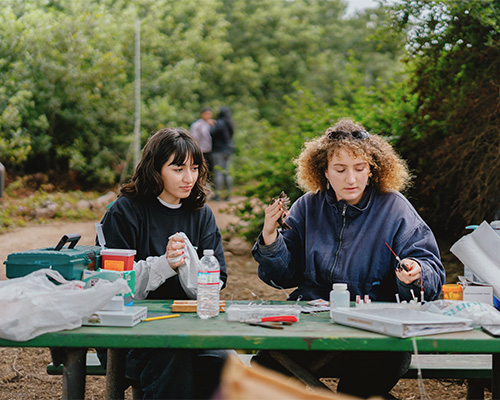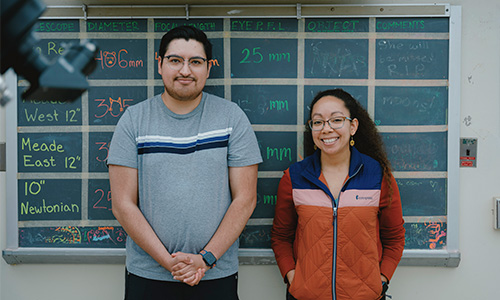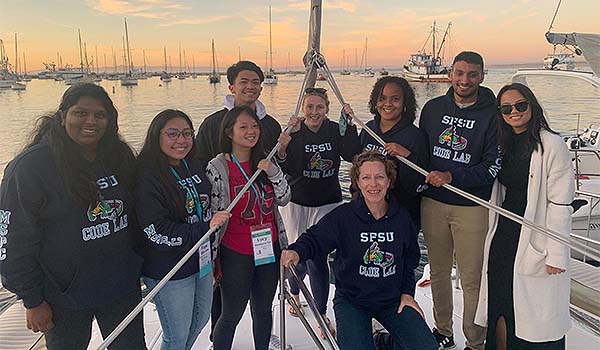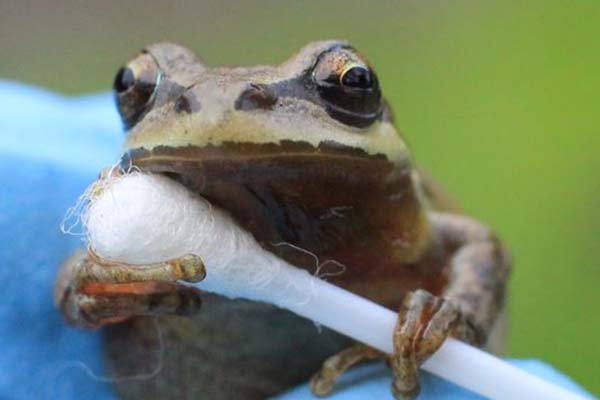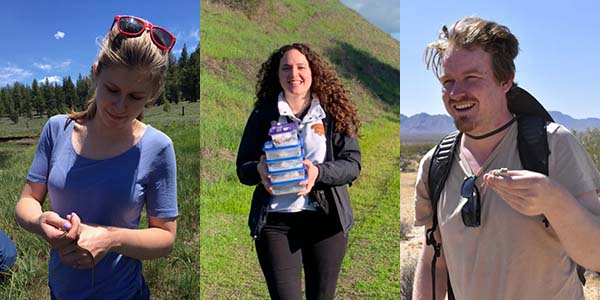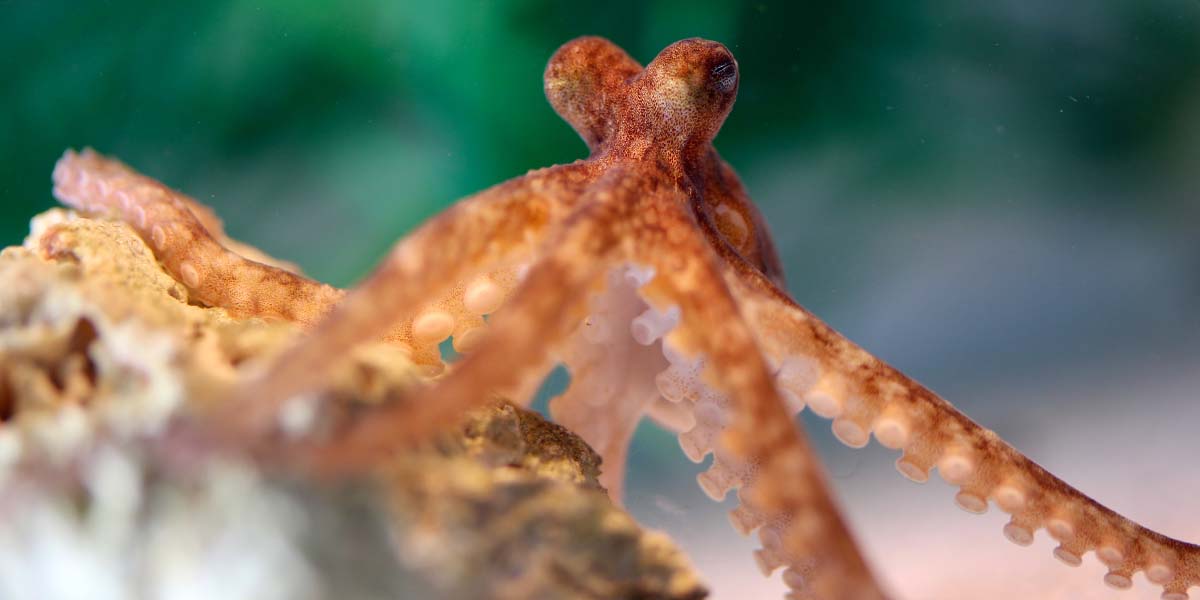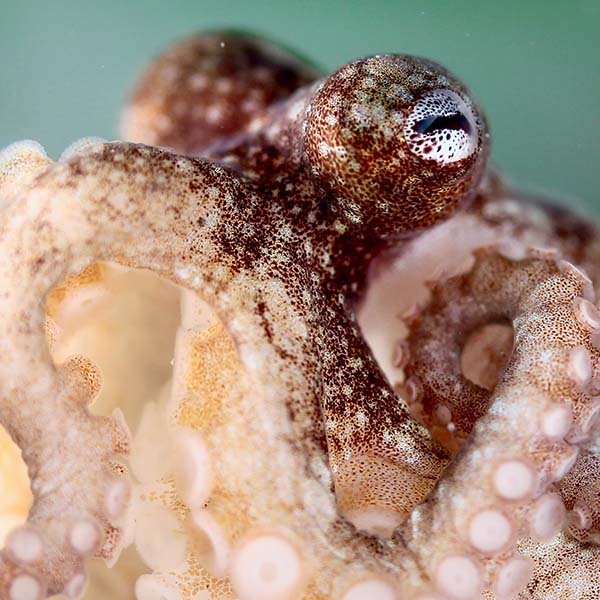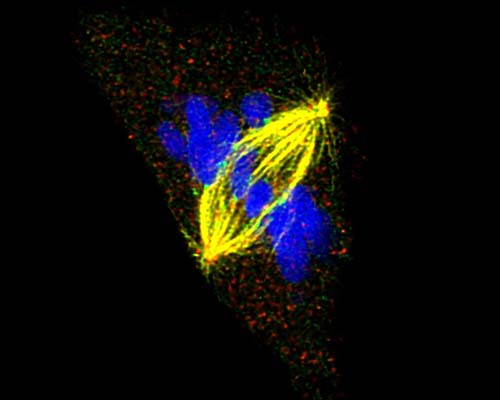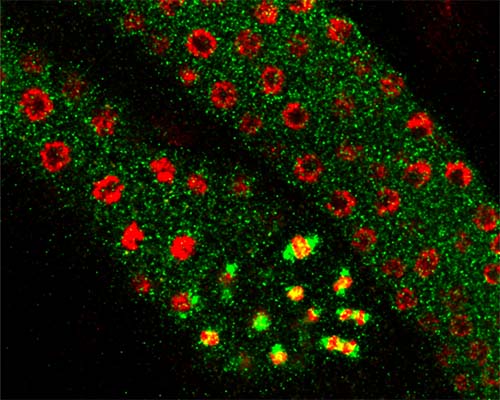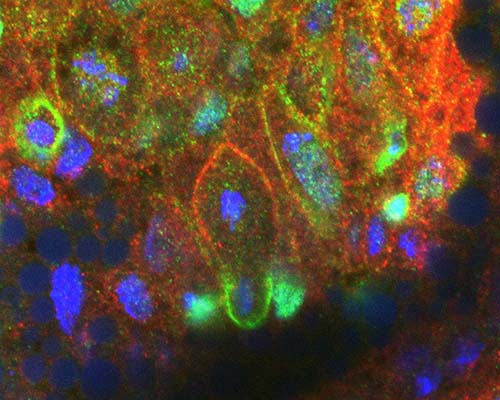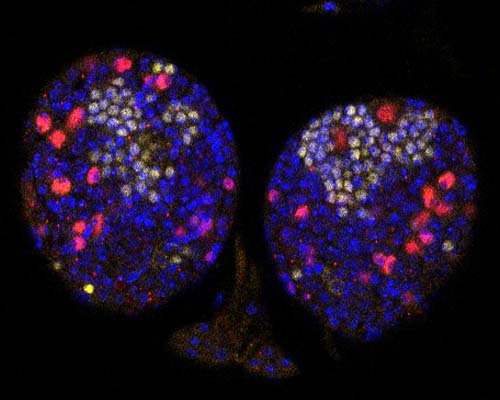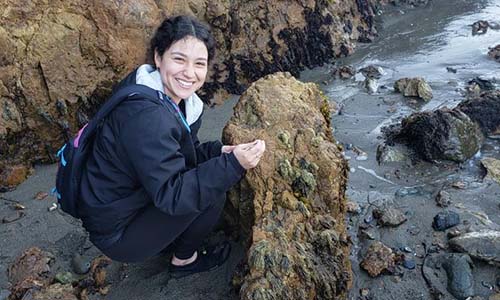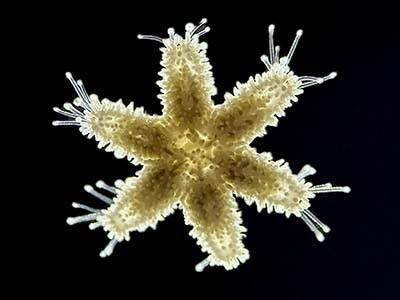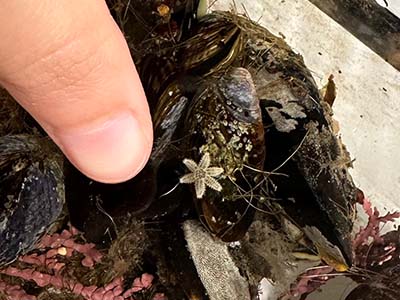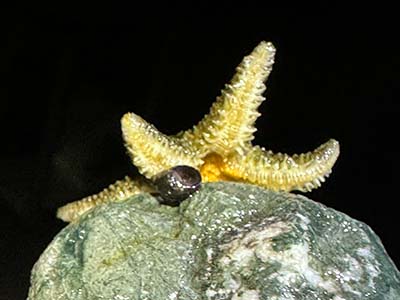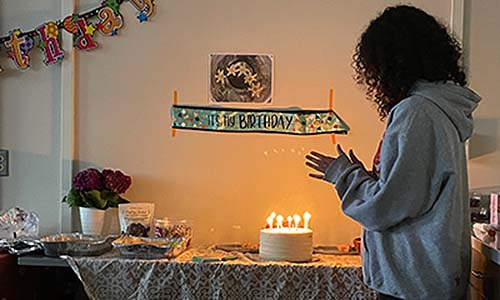Speakers share stories of personal transformation at Commencement
SF State ‘can be your rock,’ said Jayshree Ullal, president and CEO of cloud networking company Arista Networks, at the May 26 event
San Francisco State University celebrated the Class of 2023 at its annual Commencement ceremony Friday, May 26, at Oracle Park. More than 4,000 graduates and more than 31,000 people attended the event, which featured technology business leader Jayshree Ullal as keynote speaker. Ullal talked about the challenges she faced coming to the U.S. from her native India to attend San Francisco State in 1977.
“While I was pursuing electrical engineering, I was only one or two of 100 female students in a class of 100,” said Ullal (B.S., ’81), who studied electrical engineering at SF State and went on to become president and CEO of cloud networking company Arista Networks. “This made cutting class difficult, as we were conspicuous by our absence!”
Despite being a trailblazer in a then mostly male field — and a “very shy, quiet introvert” to boot — Ullal said her Engineering professors and fellow students were supportive.
“This great San Francisco State institution shaped me and guided my future,” she said. “And it can be your rock just like it’s my foundational rock.”
Two honorary California State University degrees were also conferred at Commencement: legendary Rolling Stone writer and editor, author, DJ and TV host Ben Fong-Torres (B.A., ’66) was honored with a Doctor of Fine Arts, while activist, filmmaker, author and psychotherapist Satsuki Ina received a Doctor of Humane Letters.
“Actually I didn’t attend my Commencement. Hey, it was the Sixties. We forgot, man,” Fong-Torres joked to the crowd. “But I have never forgotten this university’s impact on me. … I got that [Rolling Stone] gig, I think, because of the freedom that we had to experiment with journalism here at SF State, and the lessons learned from that freedom.”
During Ina’s speech, she encouraged the Class of 2023 to make the world a better place through empathy and action.
“I urge you to bring with you something that has always been inside of you, even before college, and that is your compassion,” she said. “We need all that you bring, and more than ever in this world of conflict, violence, injustice and suffering, we need your compassion. We need you to care and love family and friends, of course, but also the stranger, the other, the foreigner. Reach out beyond your comfort zone, welcome the outsider. It is compassion that can mend the fractures, heal the wounds and bring us together.”
Other speakers included SF State President Lynn Mahoney, Associated Students President Karina Zamora and Associated Students Chief of Staff Iese Esera. Two student hood recipients, among 12 graduates honored for their academic and personal achievements, also shared their stories.
“I began my journey in higher education as a homeless first-generation college student with a baby on my hip and another in my belly. I did not have support, money, guidance or a place to call my own. But what I did have was a dream,” said undergraduate speaker Nicole Bañuelos. “I had a dream that I would earn my degree in Biology and go on to study medicine and save human lives. This dream carried me through my most trying times. I learned how to study through morning sickness and nausea, how to hold a textbook in one hand and a baby in another, how to hold my head up high when I felt like the world was looking down on me. But most of all I learned how to never give up in the face of adversity and that after every dark night there is a brighter day.”
Graduate student speaker Hasti Jafari, who was born in Iran, reflected on the Iranian women’s movement and the important lessons the Class of 2023 can learn from the brave activists there.
“As someone honored to have called both countries home, I encourage you to see their fight as your fight, as the basic rights of women, people of color and the LGBTQ+ and disabled communities are under threat in this country as well,” Jafari said. “And in this deeply interconnected world, none of us are free until all of us are free.”
